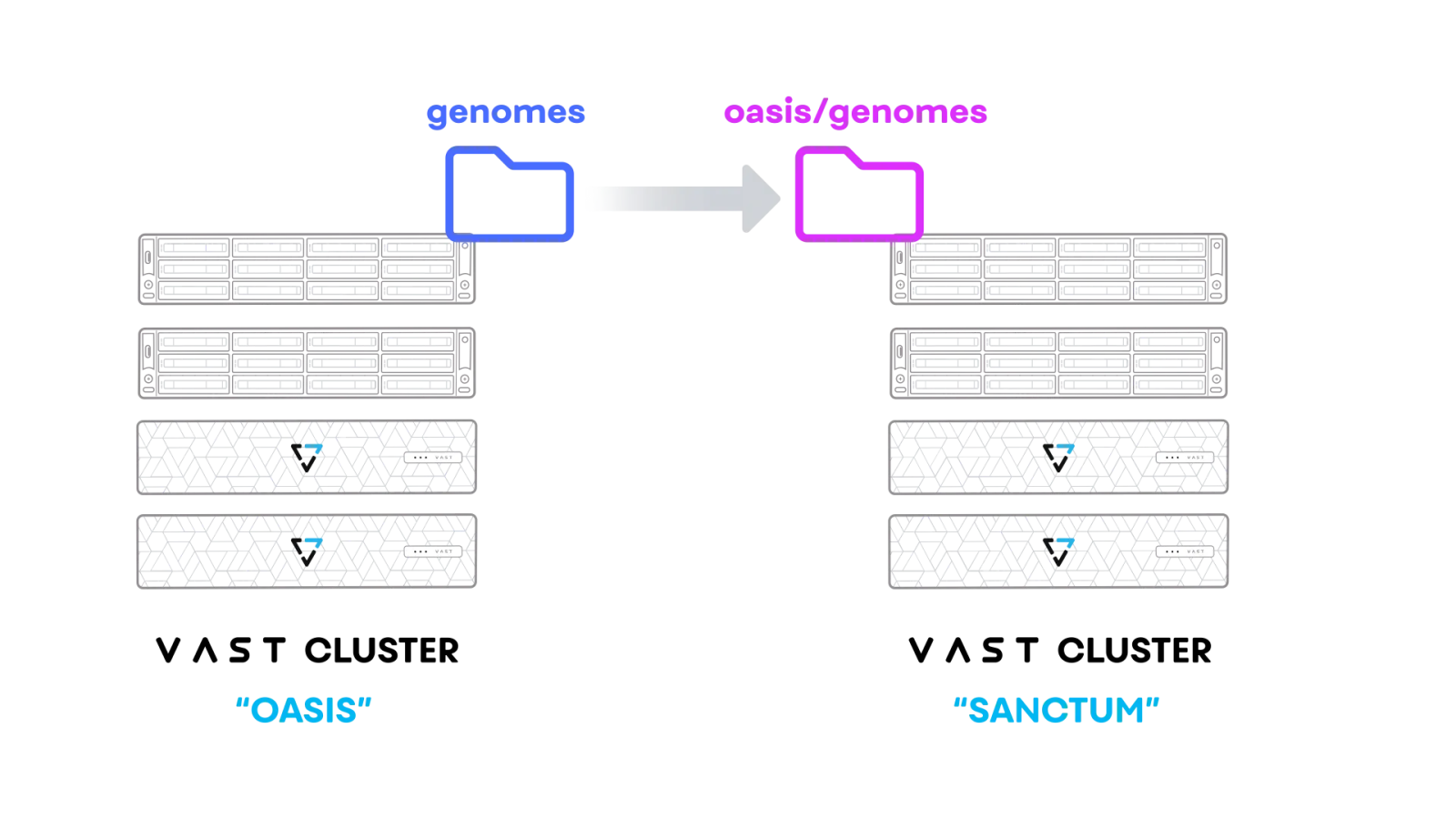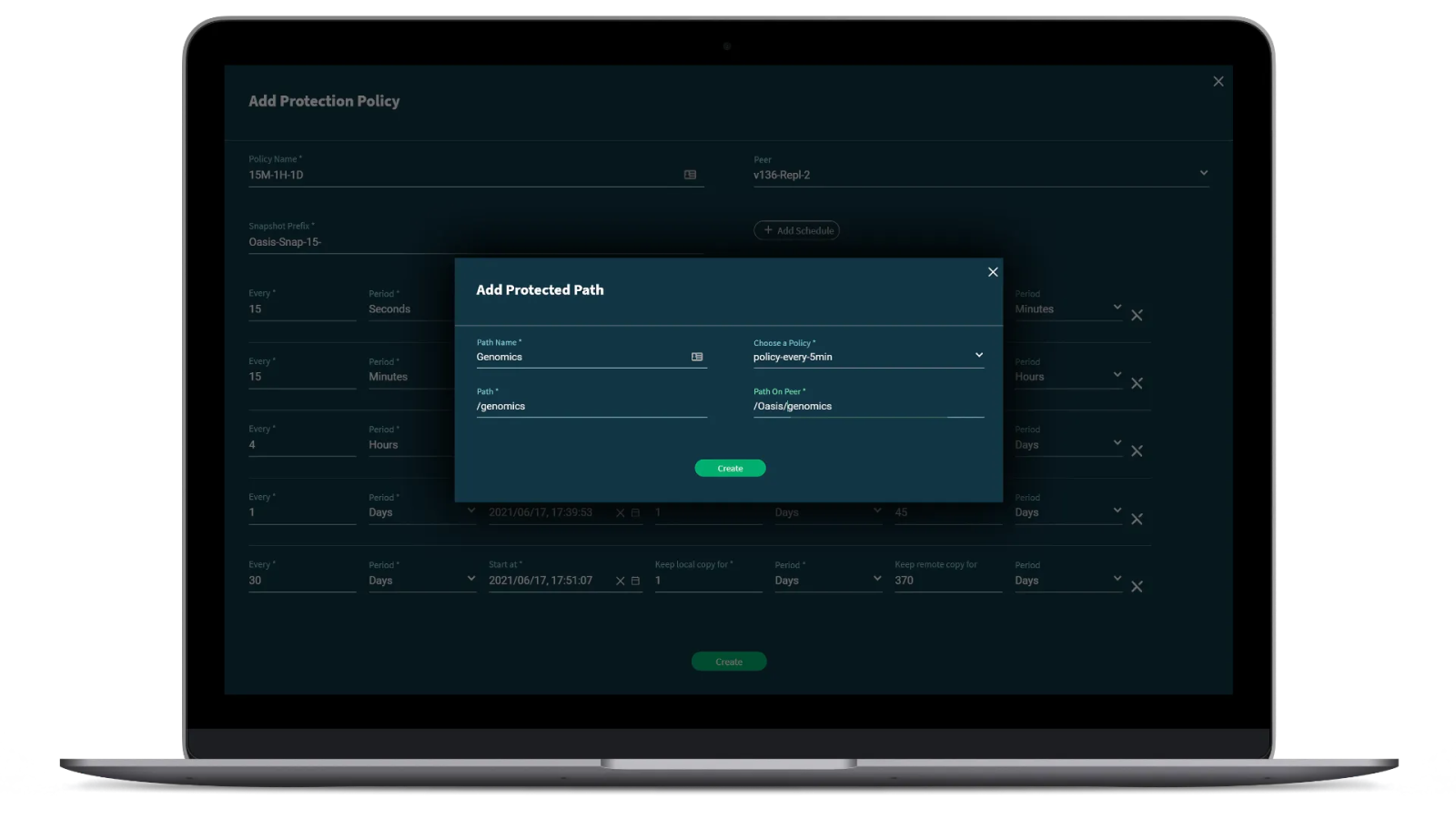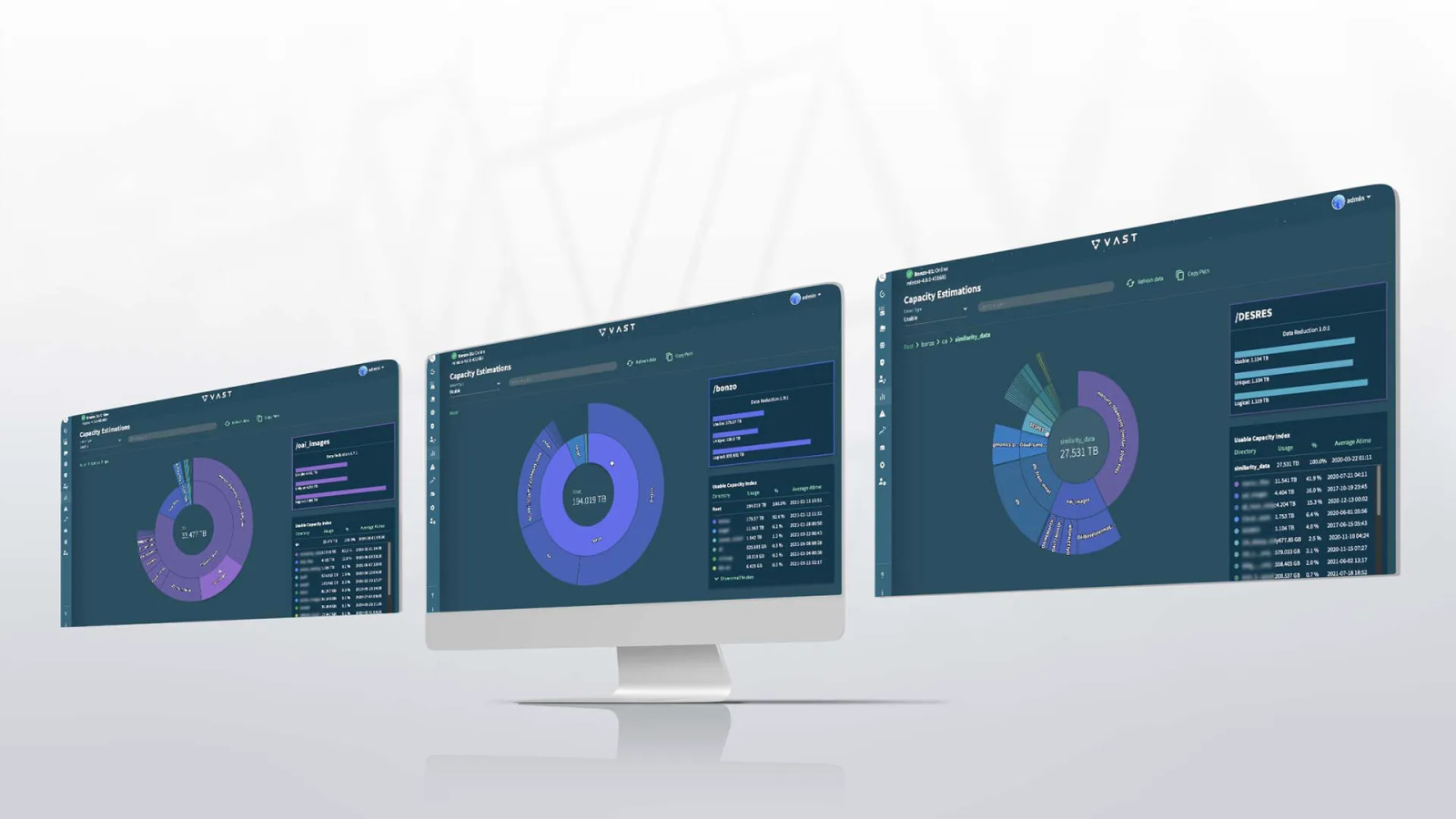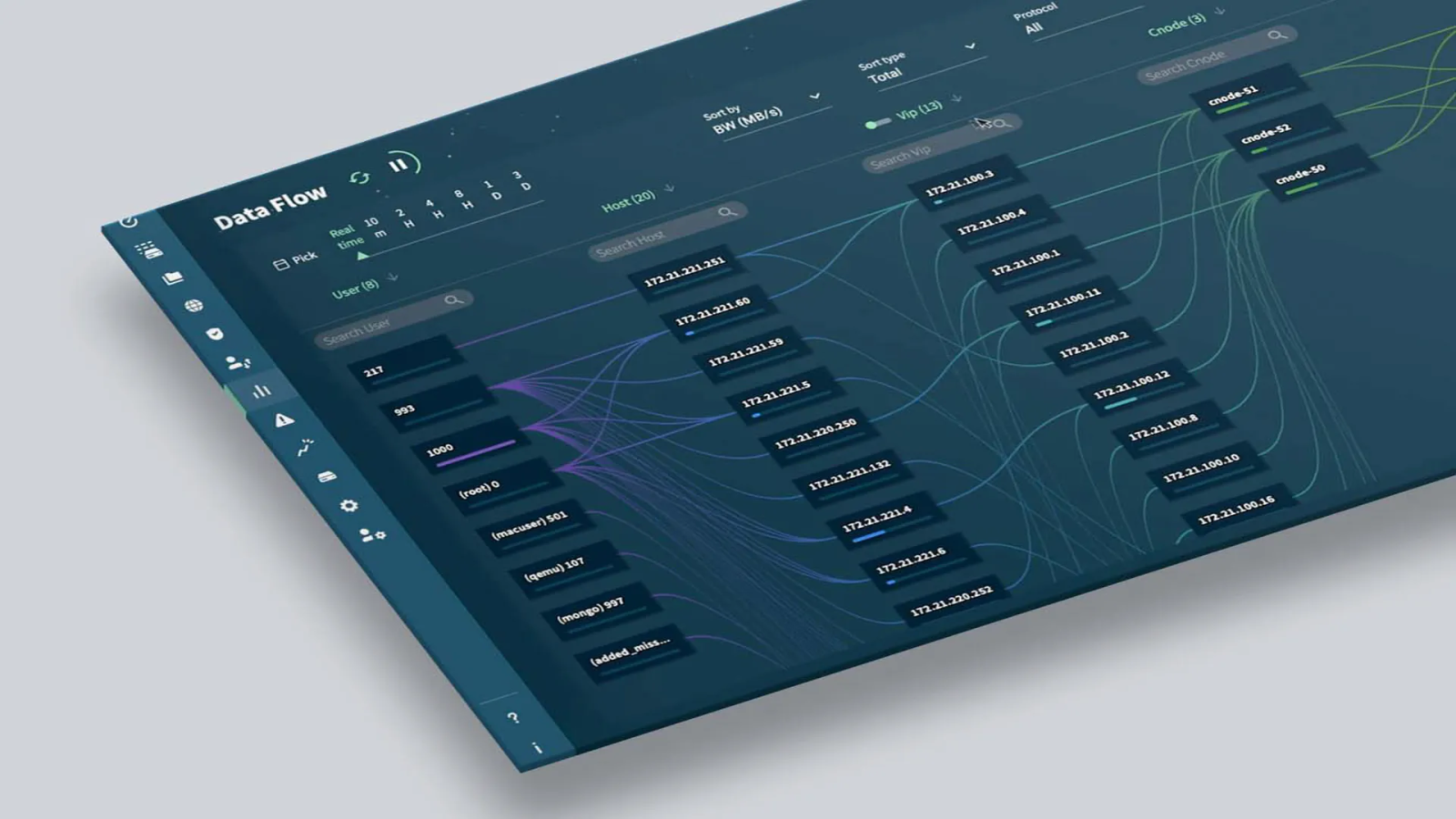With the latest version of VASTOS we’re adding native replication as the third arrow in our quiver of data protection features. VAST Snapshots are your first line of defense. Snapshots protect your data from deletion or corruption by users or applications, including unauthorized applications like ransomware but since they’re on the same system snapshots can. Snap to Object sends your data off to object storage protecting it against storage system, or even data center, wide failures but that data is stored in large, capacity-optimized, objects to restore from, not someplace applications can use it directly.
Enter Native Replication
Native Replication performs periodic synchronization from a directory on a source VAST cluster to a target directory on a second VAST cluster using the system’s snapshot technology. The target directory presents the latest version of the data in the folder for users to read and analyze directly, and since it’s a folder on the target VAST system they can perform that analysis at all-flash speed.

VAST systems aren’t just faster in terms of performance at your secondary, or disaster recovery, site, they’re also faster at getting data to your DR site. With the low overhead of VAST’s snapshots, and frankly the performance of the Storage Class Memory that holds our metadata, VAST systems can take, and replicate, snapshots as frequently as once every 15 seconds while point-in-time, asynchronous replication from most other storage vendors can only manage a snapshot every 15 minutes.
When there’s some warning that the primary system is going to go offline, like maintenance on – or partial failure of - the primary data center’s power or air conditioning, the VAST administrator can initiate a graceful failover. During a graceful failover, the source system sets the source folder to read-only, takes a snapshot to capture any last-second changes, and replicates it to the target. Once that snapshot is transferred and posted, the former target system switches its folder from read-only to read-write and starts replicating changes to the system that was the replication source just minutes before.
If there isn’t any advance warning, like when some clown with a backhoe rips out the power to your data center, an ungraceful (I argued for graceless but engineering overruled me) failover brings the target folder’s state forward to the last snapshot fully received and then switches the folder to read-write.
In either case, and in the event of a communications link failure, the system tracks post-failover changes to the element store in local snapshots. The fail-back process is the same as a graceful failover, though since there will probably be a lot more snapshot data to transfer and apply in a fail-back it may take a bit longer than just a few minutes.
For the much more common case, where administrators or users themselves need to recover files they’ve accidentally deleted, they can read the deleted files back from the
/.snapshots
folder on the system that still has the user's data.
Simple, Powerful Policies
Since they’re based on the same underlying technology VAST systems manage native replication as an extension of the protection provided by VAST Snapshots. A protection policy defines a schedule of snapshots with multiple tiers based on the frequency and retention periods, local and remote desired.

A Multitiered Protection Policy
Once a protection policy is defined, all an administrator has to do is assign that policy to folders on the source and Peer (target) clusters to create a Protected Path. To give several directories the same level of protection, just create multiple Protected Paths:

Creating a Protected Path
The replication will start when the next snapshot time comes around.
Wrapping Up
VAST’s Native Replication adds yet another arrow in VAST administrators data protection quiver. It delivers:
Point-in-Time replication
15 second granularity/RPO vs typical 15 minutes
Folder to folder synchronization
Target gives read-only access to latest snap contents
Simple Automated Fail-over and Fail-back
Simple Protection Policies integrate snapshot and replication management
We’re happy to bring Native Replication to VAST customers but as Benjaman Sisko famously sang “The Best is Yet To Come.”
In the meantime, if you have more questions, please feel free to contact us.



